Grand Central Market’s Better Angels
Los Angeles’s Grand Central Market has experienced two once-in-a-century pandemics. We share their experience through COVID-19 today.
Looking out onto Hill Street, while the Angel’s Flight railway car takes its steady journey up to Grand Avenue, shrouded in the gloom of this grey February morning, you can almost envision the Victorian homes that once blanketed Bunker Hill—this would have been the view looking out when Grand Central Market first opened in 1917. The hill is now covered in many multi-storied apartments, with high-rises looming overhead, but remnants of a bygone era peek through the infrastructure, architecture, cement and lone grass-covered hillside. In a way, this area is a living artifact we can look to for study today.
Grand Central Market is located between Broadway and Hill Street, and is the beating heart of historic Downtown Los Angeles. It was founded as a one-stop arcade for locals to grocery shop and gather household goods they might need, and the vibrant market has stood the test of time, with countless local vendors shining their light in its hallowed halls. The market is the epitome of a Los Angeles institution, and has seen not one, but two once-in-century pandemics.
One year after its opening, the 1918 Pandemic struck Los Angeles, and ultimately took the lives of fifty million people worldwide. An official public emergency was declared in Los Angeles on October 11, and in decisions that foreshadow today’s, the city called for the shutdown of schools and public gatherings, including funerals, theaters, parades, and in classic Hollywood fashion: the filming of mob scenes. It was learned that crowds helped spread the virus, and while it was the subject of debate, it was suggested that gauze masks be worn to prevent the spread of the flu.
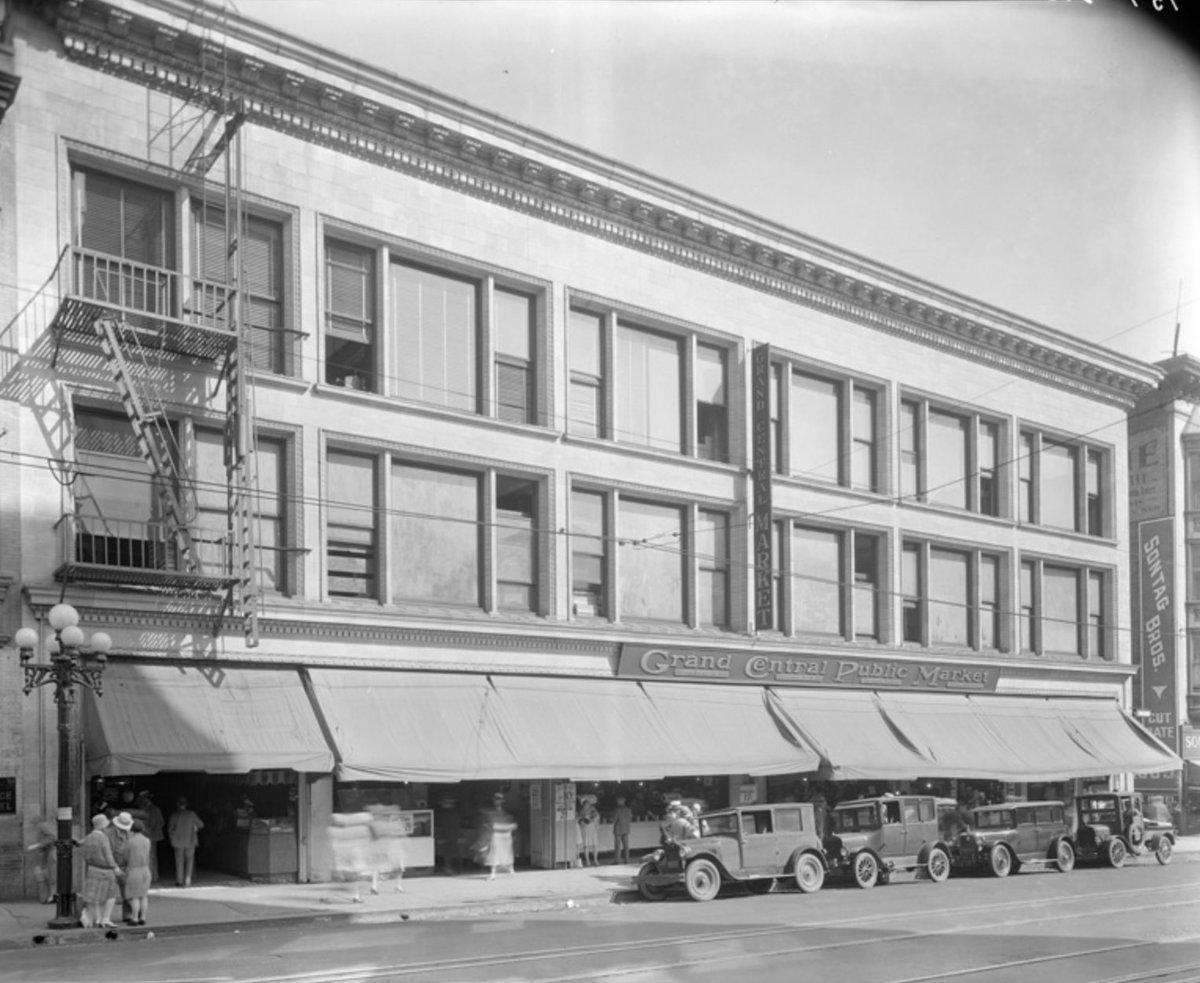
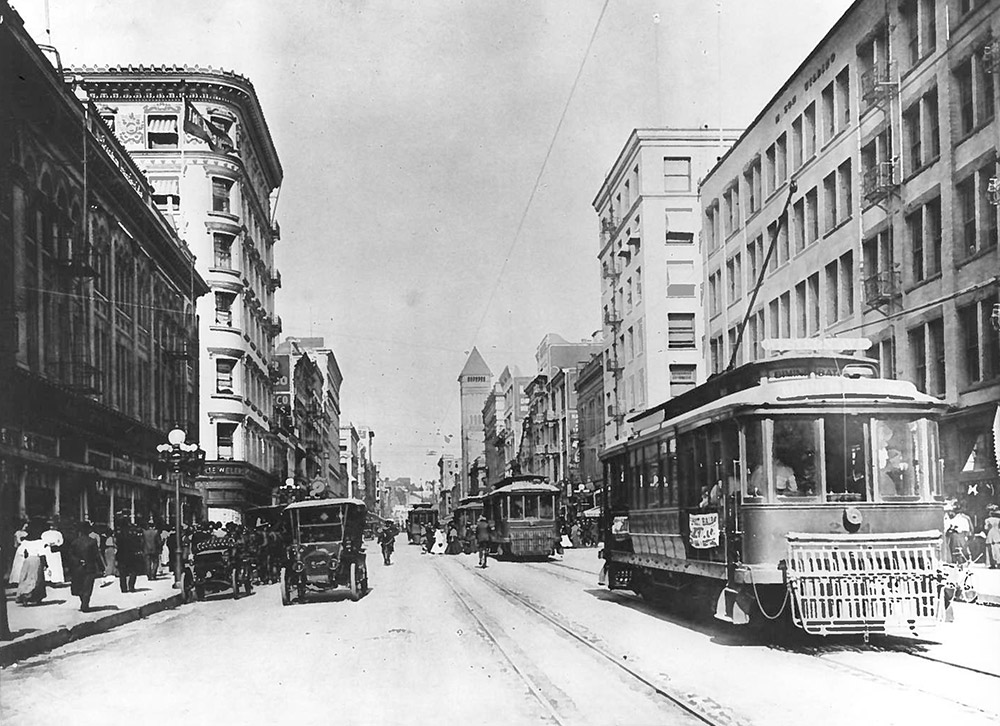
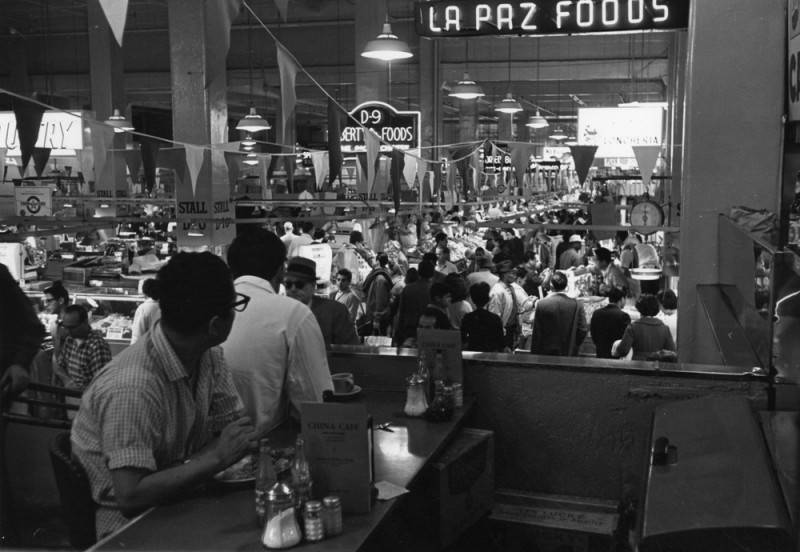
On Christmas day, 1918, Los Angeles Times wrote: “holiday crowds have been a serious handicap, in the present health campaign, according to Dr. Powers, who pointed out yesterday that, following home gatherings on Christmas day, it is probable that the number of new cases may show an increase.”
And for travelers arriving in Los Angeles on “through trains,” cards were distributed to passengers, recommending that sufferers of the flu “should observe the following ‘ten commandments’ for protection.”
The commandments included:
Don’t worry.
Go to bed.
Take castor oil or salts.
Keep comfortably warm
Take only milk or broth.
Take no medicine but what the doctor orders.
Cough or sneeze only into paper or cloth and burn it.
Drink plenty of water—not ice water.
Stay abed until ordered up by the doctor.
Remain in a well-ventilated room two or three days more.
“We have this big grand opening, and all of a sudden, all that momentum is taken away,” explains Adam Daneshgar, owner of Grand Central Market, of the year following the market’s opening. “Obviously, there was a lot of concern. And I believe there was also a lot of controversy of—what’s the proper thing to do? Do we take extra precautions? … There was a lot of uncertainty.”


Grand Central Market’s survival is a testament to how essential the institution is to the city of Los Angeles. It could not have prevailed over such profound adversity unless it was the manifestation of grit and determination, thanks to the people behind culinary vendors—both new and legacy—like China Cafe, Shiku and Chiles Secos, to name a few. They are the market’s lifesource.
“This place is very personal and passionate to all of them—but it’s also a livelihood,” Daneshgar tells me. “They’ve all been tough and have been doing everything they can to just get through it. We want to make sure we’re all on the other side of this together.” Some legacy vendors, like Sarita’s Pupuseria, have been at the market for decades; China Cafe has been open since 1959. While they’ve experienced Los Angeles’ changing tides, this has been a new storm to weather.
Grand Central Market is normally a bustling market, crowded at its lightest of times. These days, however, the space feels hauntingly empty, but remains a beacon of vibrancy for the city. “We know how important [Grand Central Market] is to the city of L.A. This is iconic. It belongs to the city of L.A.—it represents it,” says Daneshgar. “Nothing could change the character and feel and history and that raw energy that you have at Grand Central Market. That character is authentic.”
“We’ve been pivoting and adapting nonstop for ten months,” he explains of the adjustments vendors and the market have had to make. “We’re trying to stay in front of it for the benefit of our tenants, but at the same time and more importantly, keeping everyone safe.” Through constant communication, implementing new ordering and delivery systems, and providing PPE, Daneshgar says, “we’re putting our tenants in a position to get through this so we’re all in a position to thrive once we’re on the other end of it.”
One of the biggest challenges for the market has simply been predictability. “If we knew what the future looked like and had a sense when people could come back … it would allow for better communication internally with tenants, [we could] be more prepared, and allow tenants to operate much more efficiently,” says Daneshgar. “It’s extremely challenging right now.”
This last year has highlighted how important history is, and how you need to not only preserve it, but honor it. Grand Central Market is a microcosm of Los Angeles. It is a “culinary celebration. You have people here from all over the city,” explains Daneshgar. “There’s not a lot of places in this city—or any city—where you really have that. Where you have people from all over the city and around the country and the world in one place, together, experiencing the same thing. It’s really special.”
Indeed it is. And it proves that when people come together, you can withstand anything.
___
We asked several vendors at Grand Central Market about their experience over the course of the pandemic, and what it’s been like to be at Grand Central Market during this time. Here is what they had to say:
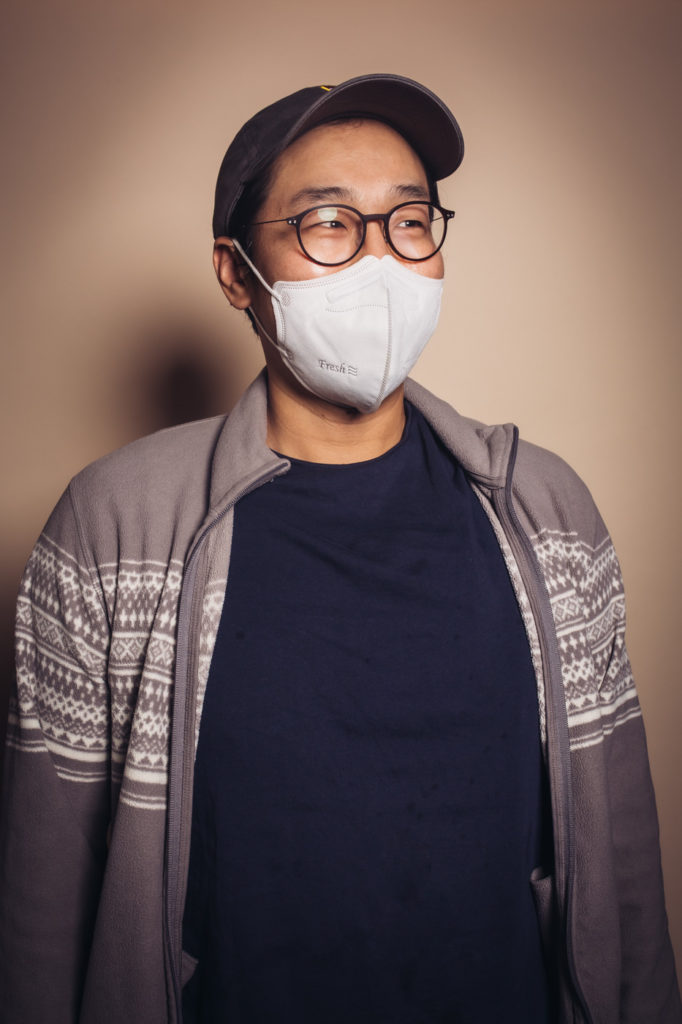

Shiku
Mina Park and Kwang Uh
Before the pandemic, when we started working on Shiku, we were thinking abstractly about the freedom that comes with being 100% owners of your own business. We have our own eclectic approach to running a restaurant, and while we don’t want to lose money and we need to pay our bills and debt, we have to align our business with our principles. With the pandemic, we became more and more concerned about the inequities in our society. Shiku means family, community, the people you break bread with, the people you take care of.
Over the months of the pandemic, we felt more and more strongly that Shiku had to live up to its name. We need to take care of our team and we need to take care of our community. Since opening, we have made several donations to nonprofits making a tangible difference in people’s lives, like the NAACP Legal Defense Fund and No Us Without You, who is providing food and baby supplies to undocumented restaurant workers who have lost their jobs and don’t qualify for most government aid.

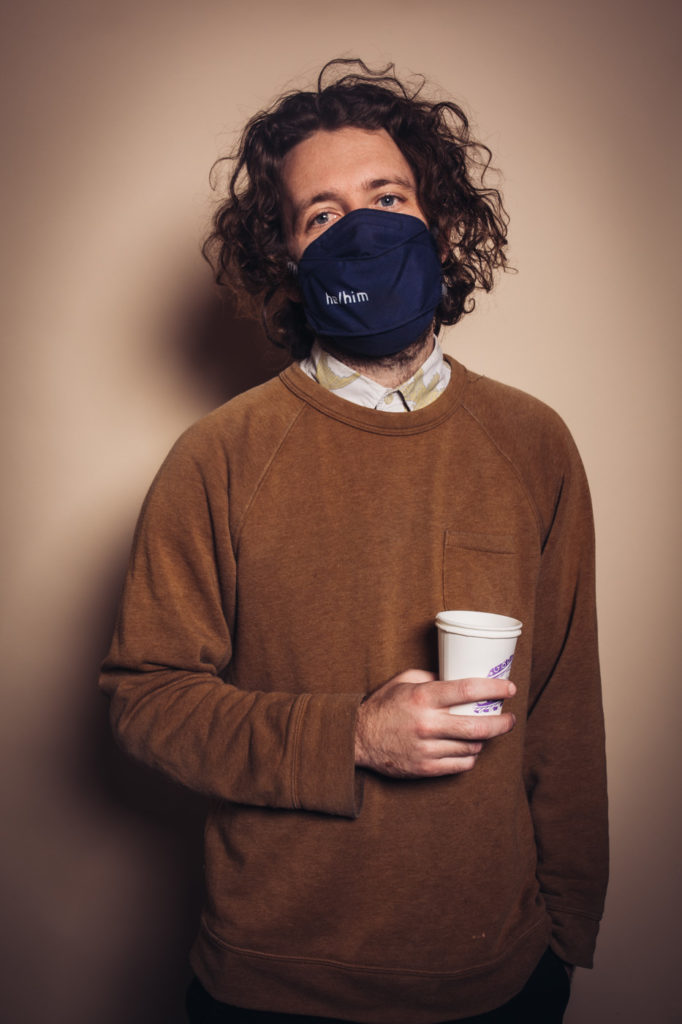
G&B Coffee
John Puppo
We were having leadership meetings three times a week for the first few months, just trying to make sure we were doing the right things and taking care of each other. The most striking, particular hurdle we’ve faced at G&B is trying to find a way to sustain some of the magic of this coffee shop. We’re traditionally a packed bar, with people shoulder to shoulder, where orders are taken nestled up to the counter. We’ve had to drastically change our approach to serving huge groups of customers all at once, while retaining the energy of an active service style. We still get to take two or three orders at a time, and surprise people with how quickly our small team can push out amazing product, but it’s taken a lot of time and adaptability to make that a reality.
Our biggest accomplishments have been being able to retain basically all of our staff, giving folx a safe space to come to work, and giving them access to resources and information that have been able to help them feel a little safer and a little more sane during this wild time.
We’ve had our fair share of failures. We had to permanently close our Arts District shop, and have temporarily shut down two others, but ultimately we’ve been able to stay focused on what we can be doing right.

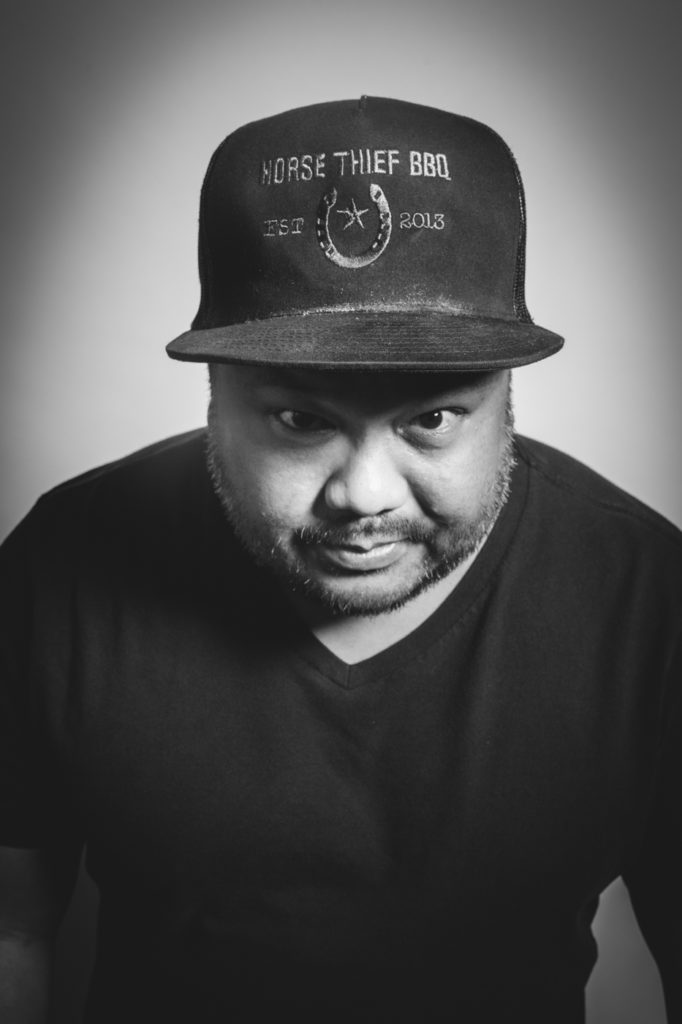
Horse Thief BBQ
Russell Malixi
The market has been incredibly supportive throughout the whole pandemic. From day one, they’ve ensured that those vendors that stayed open were able to do so. They’ve also invested an incredible amount in PPE for their staff and market guests, as well as training to ensure all the latest health protocols are being met.
A lot of businesses at this point are in survival mode, and if they are going to make it illegal for people to run their businesses, then they need immediate aid and assistance. [The local government] needs a better plan in place and more communication.
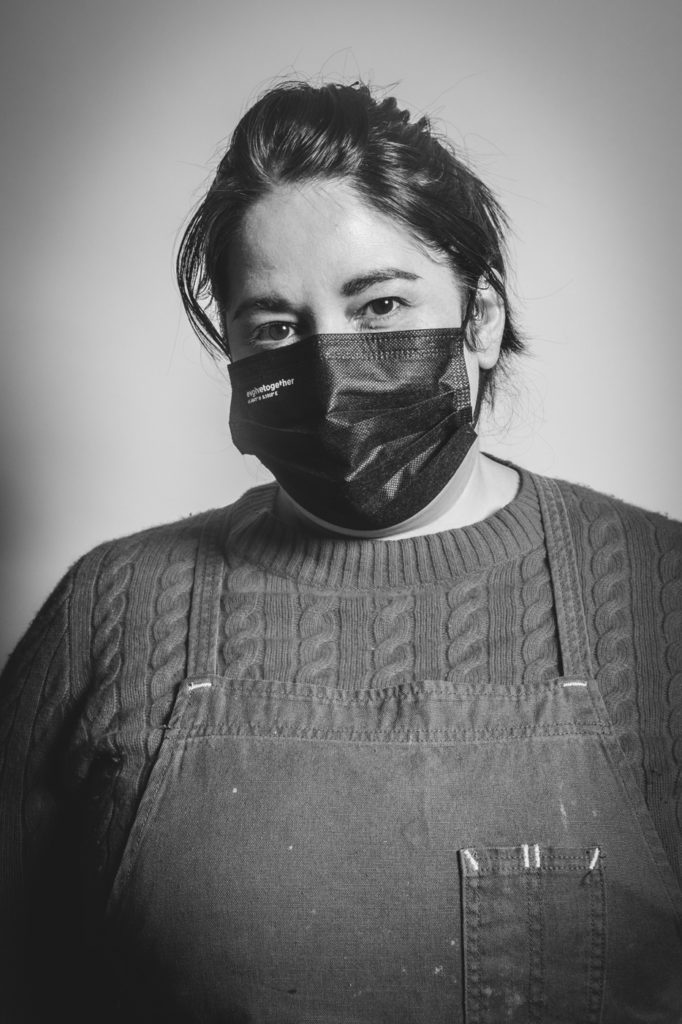
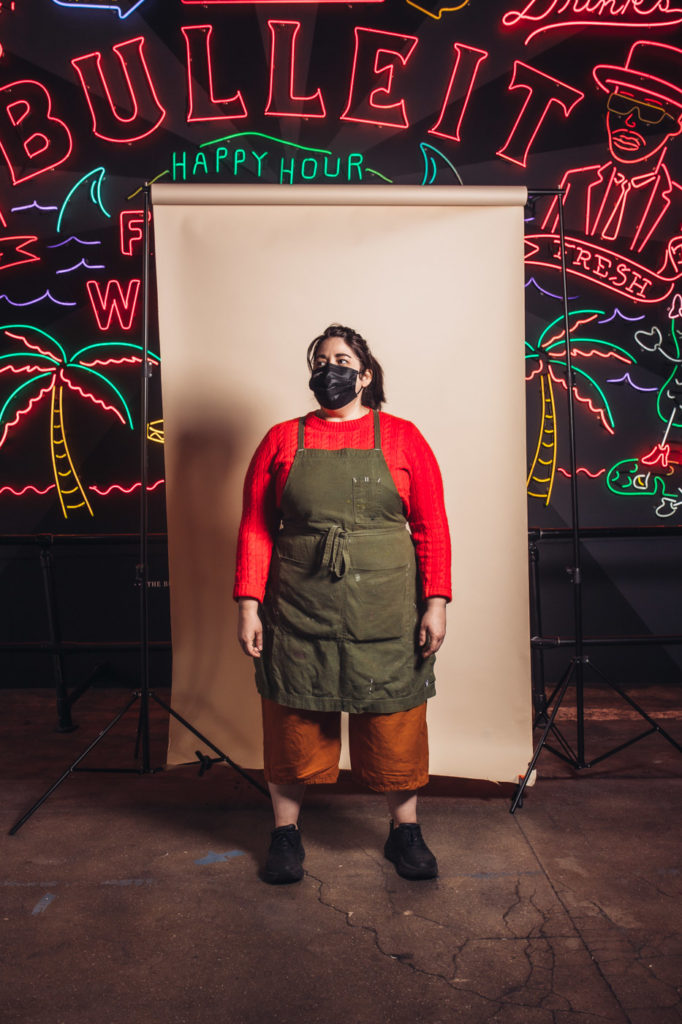
Fat + Flour
Nicole Rucker
The last year has been a mixture of excitement, exhaustion, hopefulness and sadness. It’s been a really long year! We started 2020 by pulling off a very successful Kickstarter raising the funds we needed to build our stand at Grand Central Market, and then we quickly realized that due to Covid, all our plans were delayed. We spent so much money preparing for construction up front, with little opportunity to do business as usual and make it back, that during the fourth quarter of the year we were really facing cash flow that was scary at times. We were preparing for the holidays totally cash-strapped. The fact that we pulled off six hundred pies for Thanksgiving was a literal miracle.
All the time and money we put into our construction plans was held hostage by the delays for months. The only thing I knew how to do was bake my way out of it—if I hadn’t decided to open again in a temporary space in May, I would have gone crazy. We have been able to navigate through the year thanks to my husband who is talented in both tech and design, my staff who remains excited and hopeful, and the market for allowing us to remain open in a much larger space than we are supposed to be in—for a much longer time than originally planned. Also, I am stubborn and I have a high threshold for pain and discomfort emotionally. I am a believer and I am impressed by the product we make every day—this helps!
I think working in Grand Central Market during this has saved me. The community, the people I work around, the sharing that’s taking place every day fills my soul. I love it here. It has been sad at times to see the halls empty, but from the vendors, to the cleaning staff, to the security guards (Jackson, Tony and the rest!), we are surrounded by hard-working, amazing individuals who operate like a small city on our own.
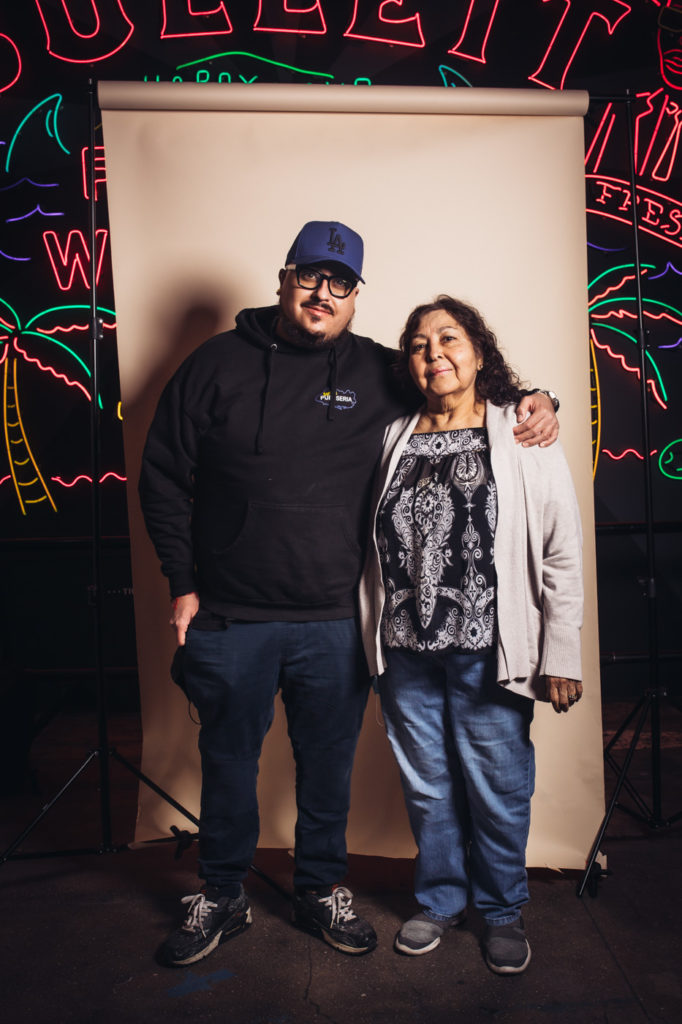
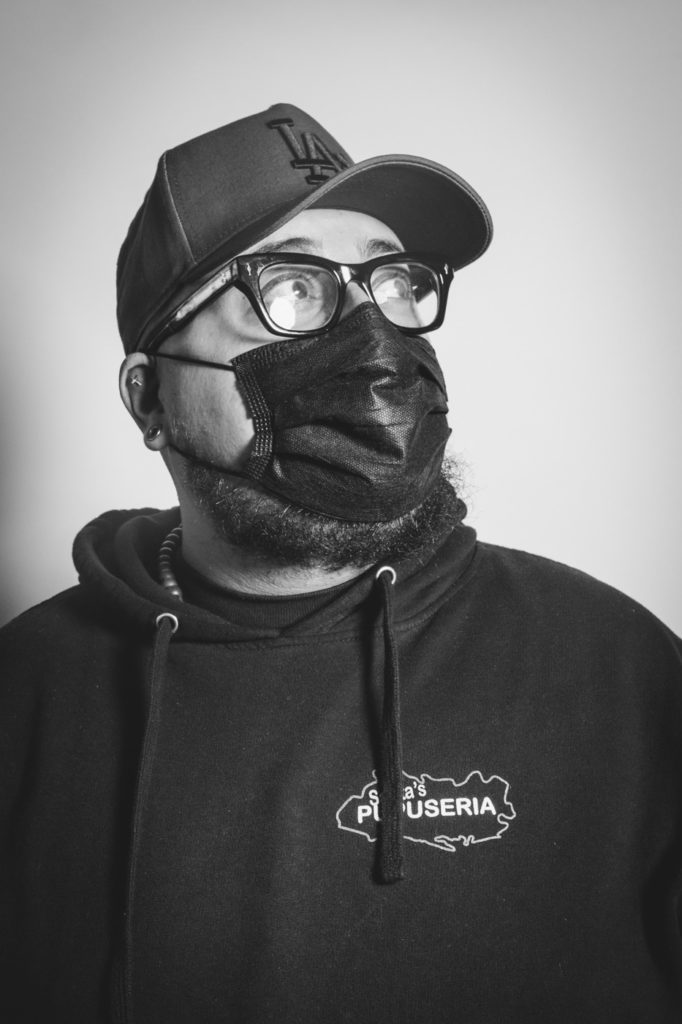
Sarita’s Pupuseria
Paul Serrano
Being located in Grand Central Market has been a blessing, but lately it’s been lonely. It’s sad and depressing not seeing the life we love about the market so much suddenly vanish.
As a legacy owner, [Grand Central Market] has changed drastically. Covid was as if you sucked the life out of Downtown L.A.—like a modern ghost town. As restaurant owners, or simply business owners, it was a year of do-or-die. There was no saying what tomorrow held for us from the looting, vandalism, and forcing businesses to shut down. It will be a year we will never forget, but we just thank God we are still open.
That’s all we ask for—to remain open for L.A.
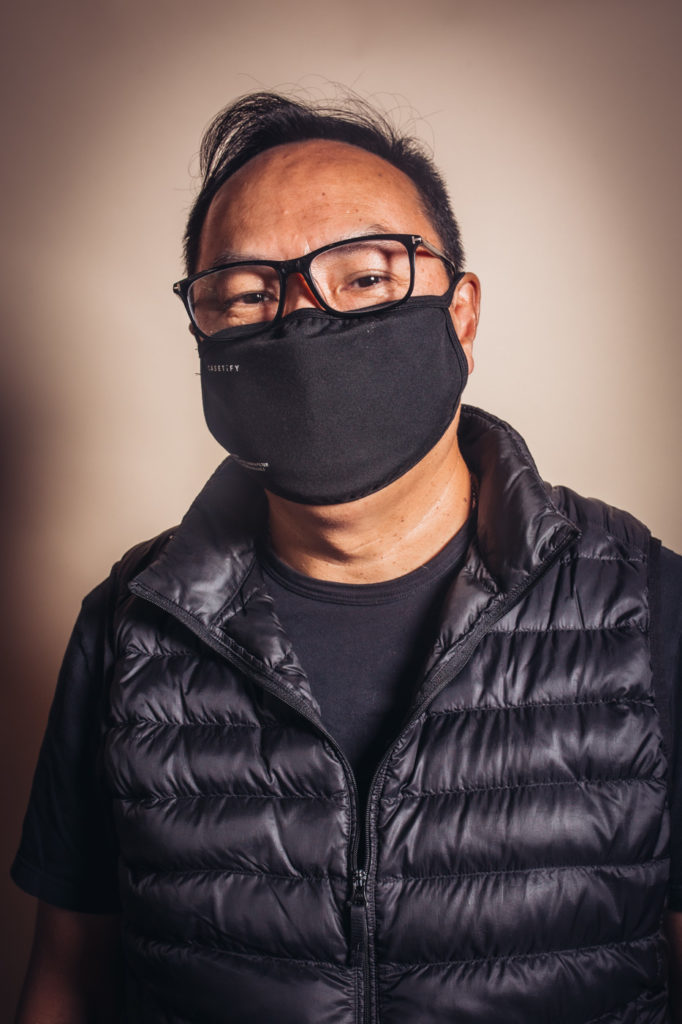
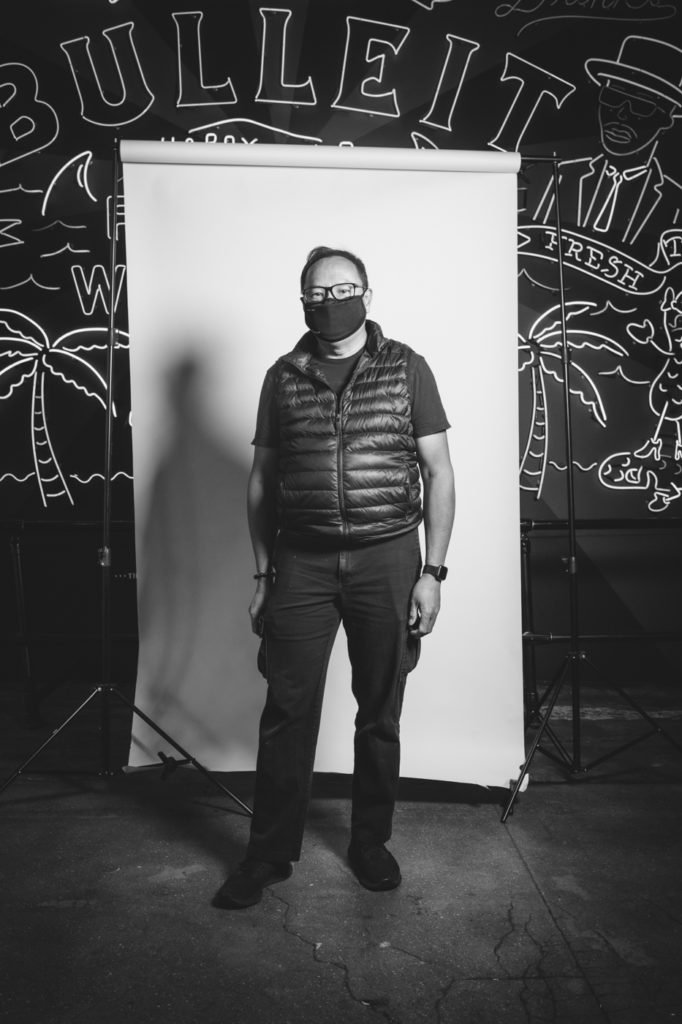
China Cafe
Rinco Cheung
As a legacy vendor, we have seen the market change a lot over the years, and especially in the past year. We are excited by the recent openings (of Shiku, Fat + Flour, The Donut Man) and know that it brings great excitement to Grand Central Market.
We have seen lots of high and low periods because we haven’t always had direction from the state or government, but the team here at the market has tried really hard to make the situation as successful for all of us.
We feel lucky, really. We aren’t just one stand-alone restaurant, which means we do have challenges that others would not; but we also know there are thirty other vendors going through the same thing. Because Grand Central Market is so iconic, people want to come, and dine and support, and having that makes a huge difference.
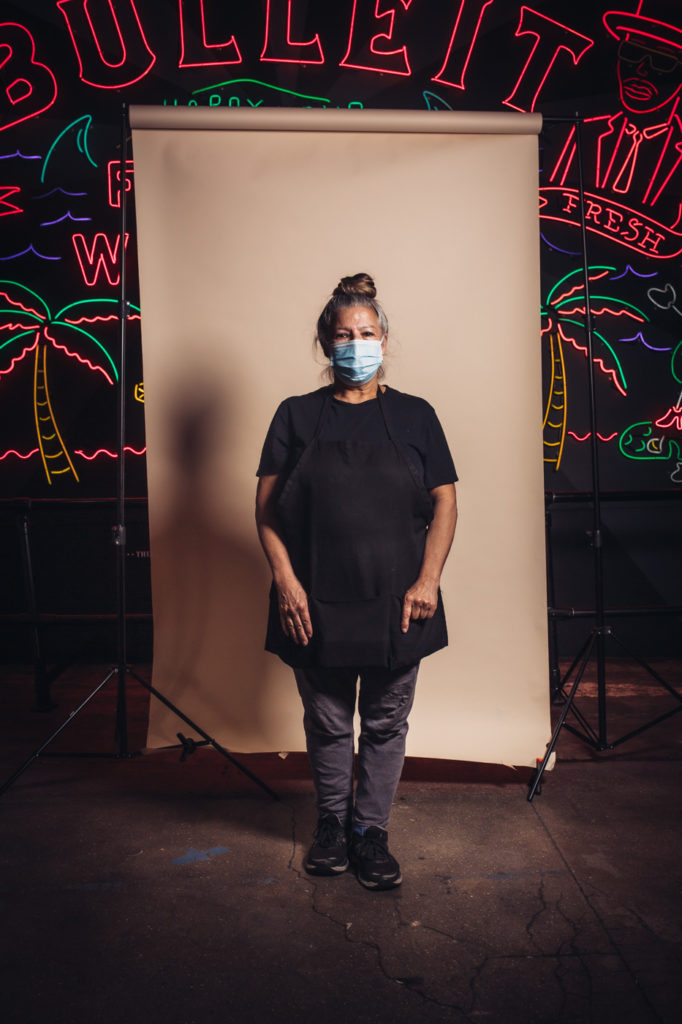
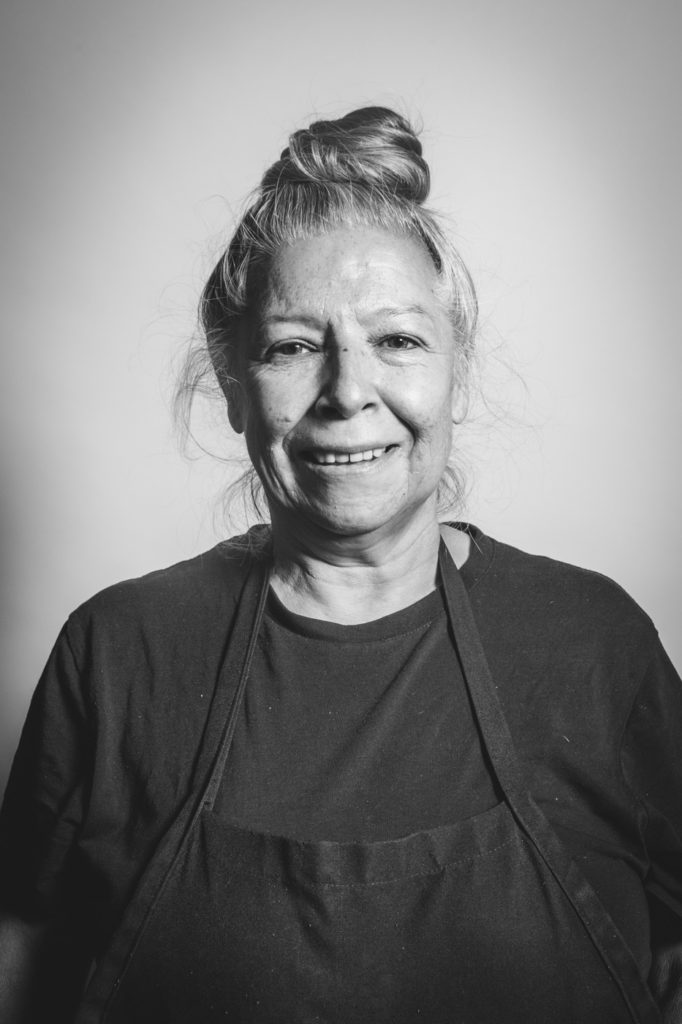
Chiles Secos
Rocio Lopez
We have been part of Grand Central for decades. It has changed so much. This year was tough for everyone here, but also every restaurant. I feel lucky to be able to stay open and have the Grand Central Market team, Adam and Andrew (owners of Grand Central Market), who have guided all of us through this process when there wasn’t a lot of help from other sources.
I’m ready to have the market full again, seeing people from every area of Los Angeles coming to dine and support our businesses. I am ready to feel that good energy again!






Our comments section is for members only.
Join today to gain exclusive access.